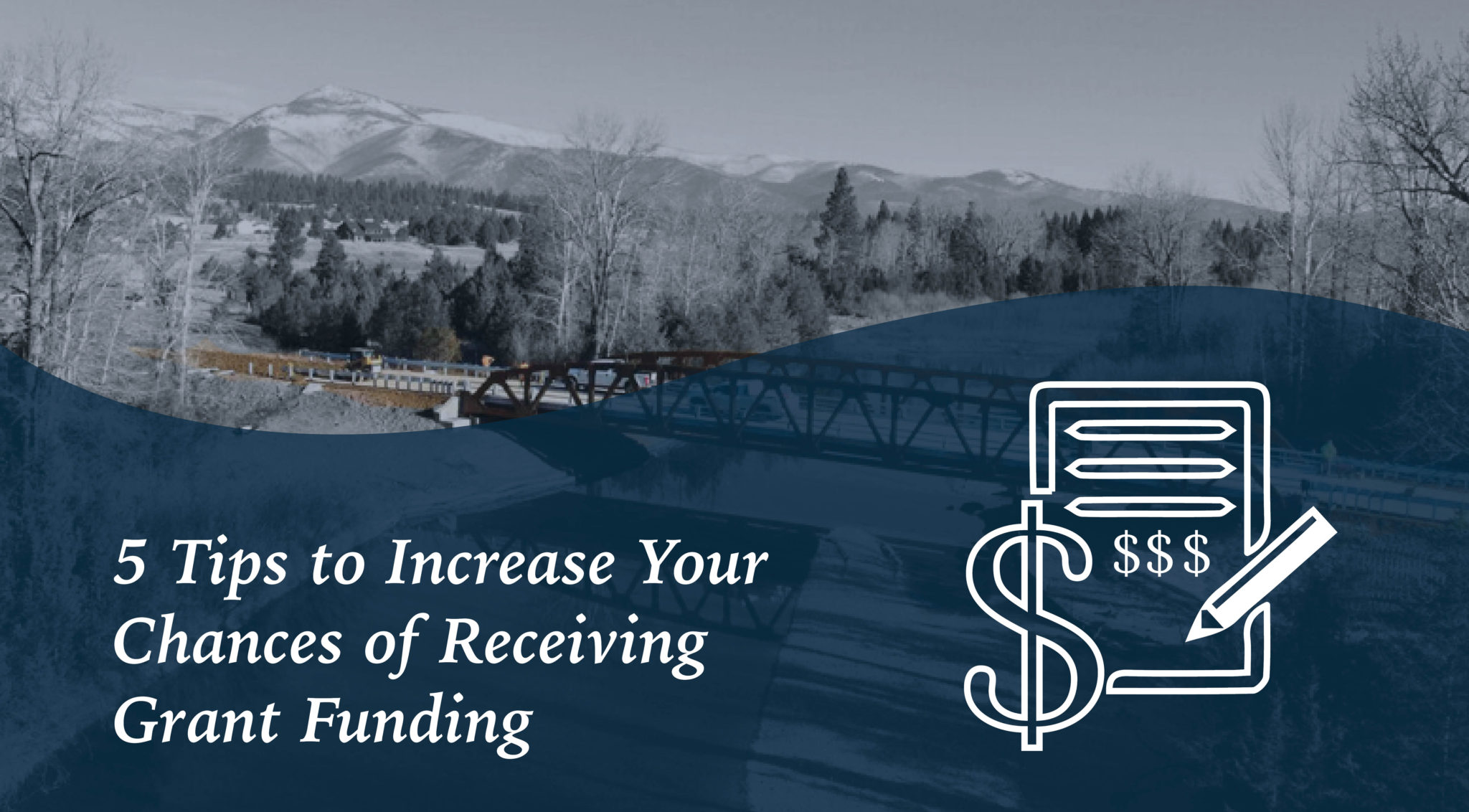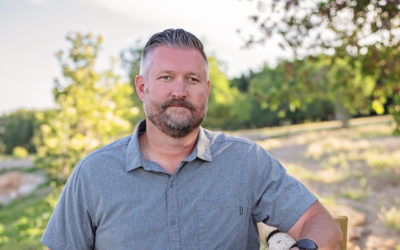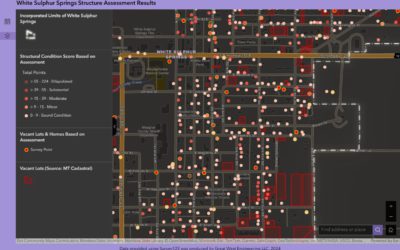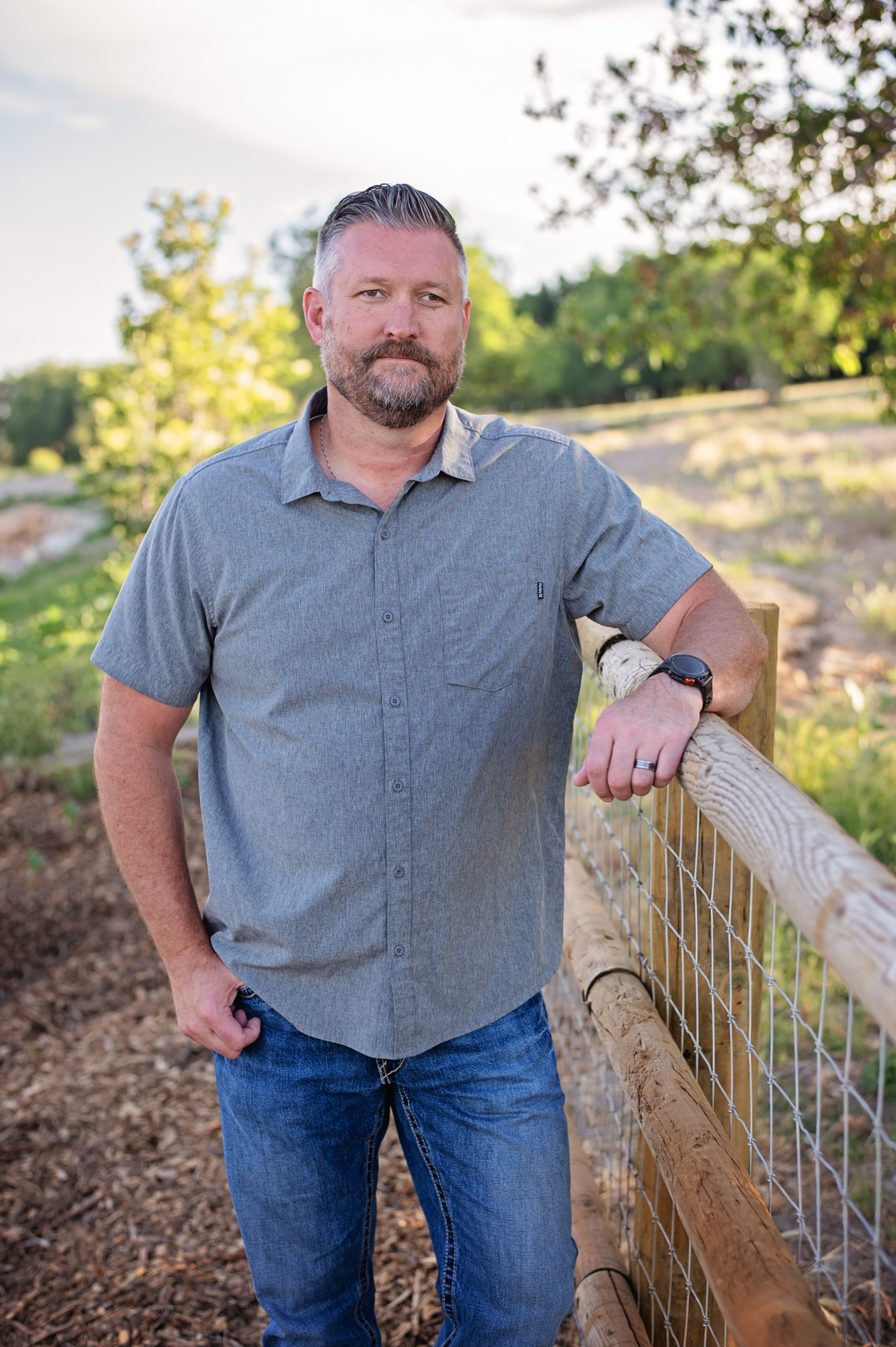
Kasey Ketterling, PE, Project Manager with over 22 years of experience in municipal engineering.
BY KASEY KETTERLING
A few years ago, Idaho and Montana went from being Lewis and Clark’s rest stops as they endeavored to find the Pacific Ocean to one of the best places in the region to call home. All of us born and raised in these regions, while we aren’t surprised in the least that people want to move here, are finding it challenging to accommodate this unprecedented growth. Over the last twenty years of working for cities as an engineer, I have seen the need for infrastructure escalating and construction costs even more so, while much of the available funding has remained constant. Simply stated, the gap between the amount of money needed to build essential infrastructure and the cash a normal rural community can actually get is larger than it has ever been. Every one of my clients has shared a similar sentiment, “We can’t, in good conscience, raise our rates any higher. We need to find as much grant funding as possible.” While I couldn’t agree more with that statement, every single city has the exact same feeling and the same goal. This elevates the need to write good grant applications with the highest possible chance of getting funding. I would like to share 5 relatively simple ways to increase the optics of your community, increase your ranking when compared against other applications, and ultimately, increase the amount of grant funds you secure to build your next infrastructure project.

1. A Good Story
The panel reviewing your application may be reviewing hundreds of applications. A strong narrative that concisely defines the challenges you face while empowering the reviewer to make a great decision is essential. For the person reviewing your application to do their job well, they need to direct a limited fund source to places that have the best impact. A good story is going to compel them to get some help headed your way.
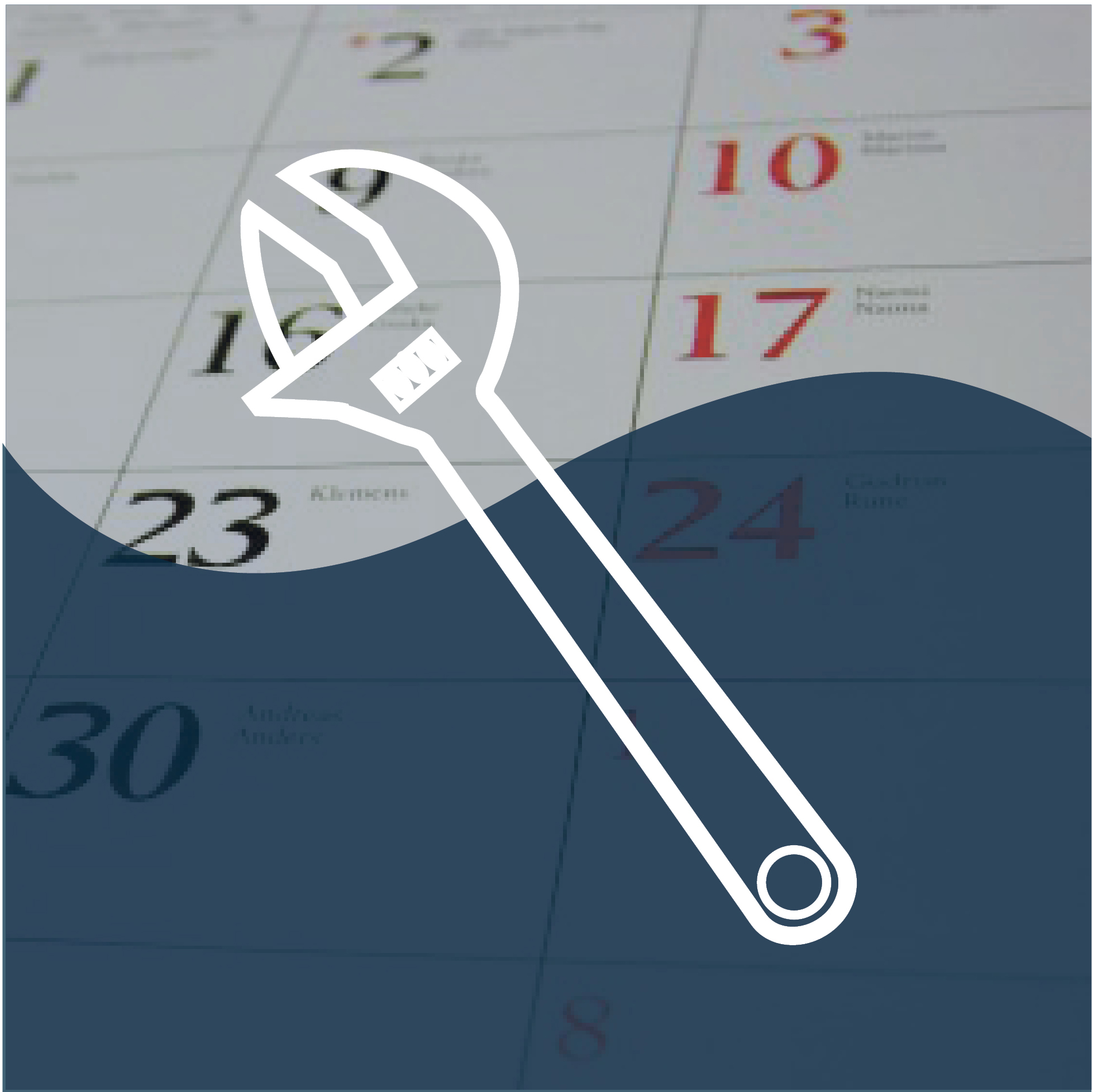
2. More Than Maintenance
One of the biggest frustrations for funders is when a community has kept its rates artificially low by never fixing things. Over time, this approach leads to serious problems. Asking for a grant to fix problems caused by deferred maintenance is like the class clown getting extra credit on the final exam after skipping class all year. Make sure that your application clearly defines the challenges you’re facing as a result of growth, changes in use or regulations, outdated technology, or other legitimate factors that are more than just deferred maintenance.

3. Communication
All funding programs identify the staff members managing the effort. Call this person, introduce yourself and your community, and ask specific questions about the best way to apply. In doing this, you are giving deference to this person’s role and adding a small edge to your application when it crosses their desk; it now feels familiar. It’s also not uncommon to receive direct guidance on high-priority areas that can significantly boost your score.

4. Brag a Little
Agencies that give out grants are rarely excited when their funding is the only funding source. On the contrary, they enjoy partnering with other funders, owner contributions, and in-kind work to complete an impressive funding package. Make sure that your application identifies all the work you are already doing, the investment you are willing to make, and other partners who have agreed to participate in this project. Don’t be shy about detailing the ‘bailing twine’ fixes your creative staff has been implementing in a desperate effort to keep your community within regulation.

5. Feedback
The competition for state and federal grant funding is fierce. It is unlikely that you will receive funding for every application you submit. If your application isn’t selected for funding, request a meeting with the funding agency as soon as possible. Don’t wait until next year when nobody remembers your application. Ask them to be honest with you about the weaknesses of the application and areas that could be improved. I have never had a client be turned down to discuss an application, and it has always improved the score the next time they apply.
As Idaho and Montana continue to attract good-hearted Americans, resulting in increasing population that is difficult to manage, cities and small rural communities have a huge burden to keep up. In most cases, this means you need to get just a little more creative than your neighbors to secure funding. There will never be a perfect method to make sure you always get funding. However, it wouldn’t hurt to give yourself every advantage you can. As the ancient Romans liked to say, Fortune Favors the Bold.
We’re here to make your job easier. Great West Engineering has secured over $546 million in funding to offset the cost of needed infrastructure improvements for communities. With multiple Certified Grant Writers® on staff and engineers who understand the complexities of funding programs, we regularly help communities offset project costs through strategic grant funding. To learn more, contact us today.
LATEST NEWS
Great West Welcomes Levi Howell
We are pleased to announce that Levi Howell has joined the Great West Engineering team as a Project Manager in our Boise, Idaho office. With over 11 years of experience in civil engineering, Levi specializes in water and wastewater systems, as well as general...
Kasey Ketterling Joins The Great West Engineering Team
We are pleased to announce that Kasey Ketterling has joined the Great West Engineering team in our Boise office. This marks an exciting opportunity for the local office as we continue to grow our municipal expertise by adding an experienced professional engineer and...
Beyond the Blueprint: How GIS Enhances Engineering & Planning Solutions
Geographic Information Systems (GIS) have become an essential tool for communities striving to make smarter, data-driven decisions. From infrastructure planning to public engagement, GIS provides a dynamic way to visualize, analyze, and manage data across a wide range...

